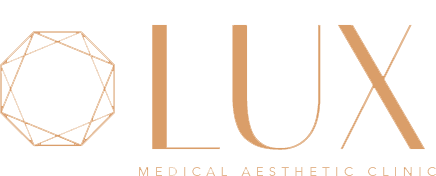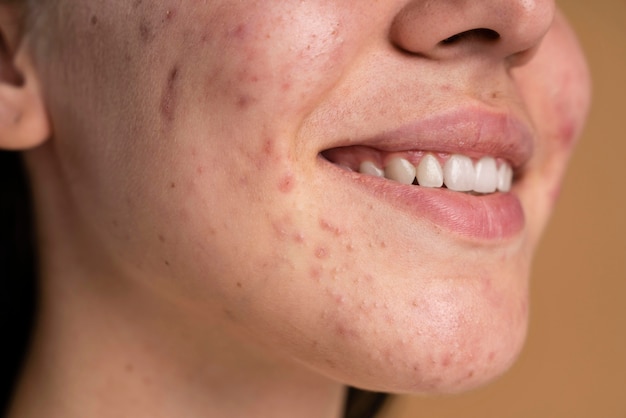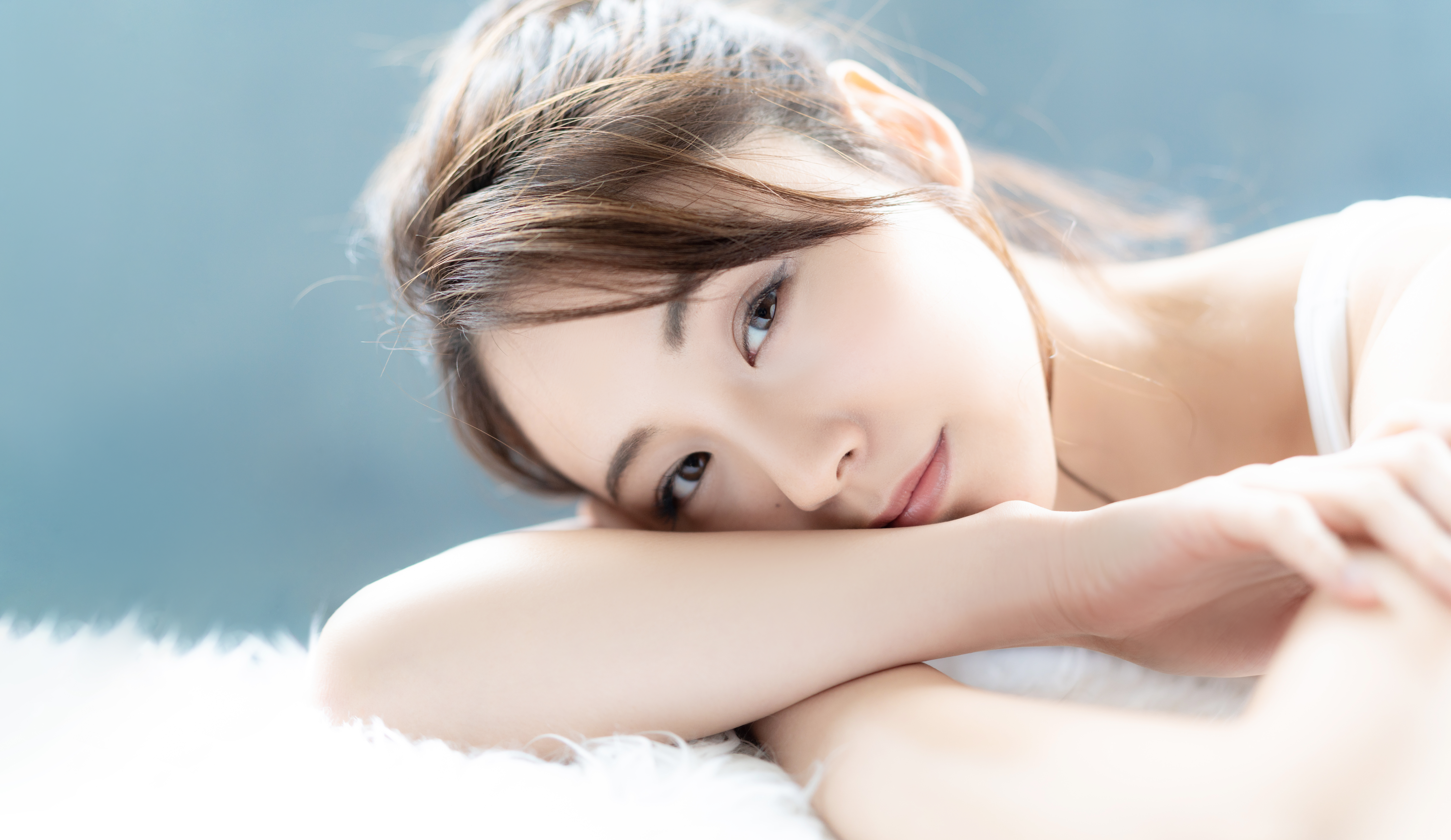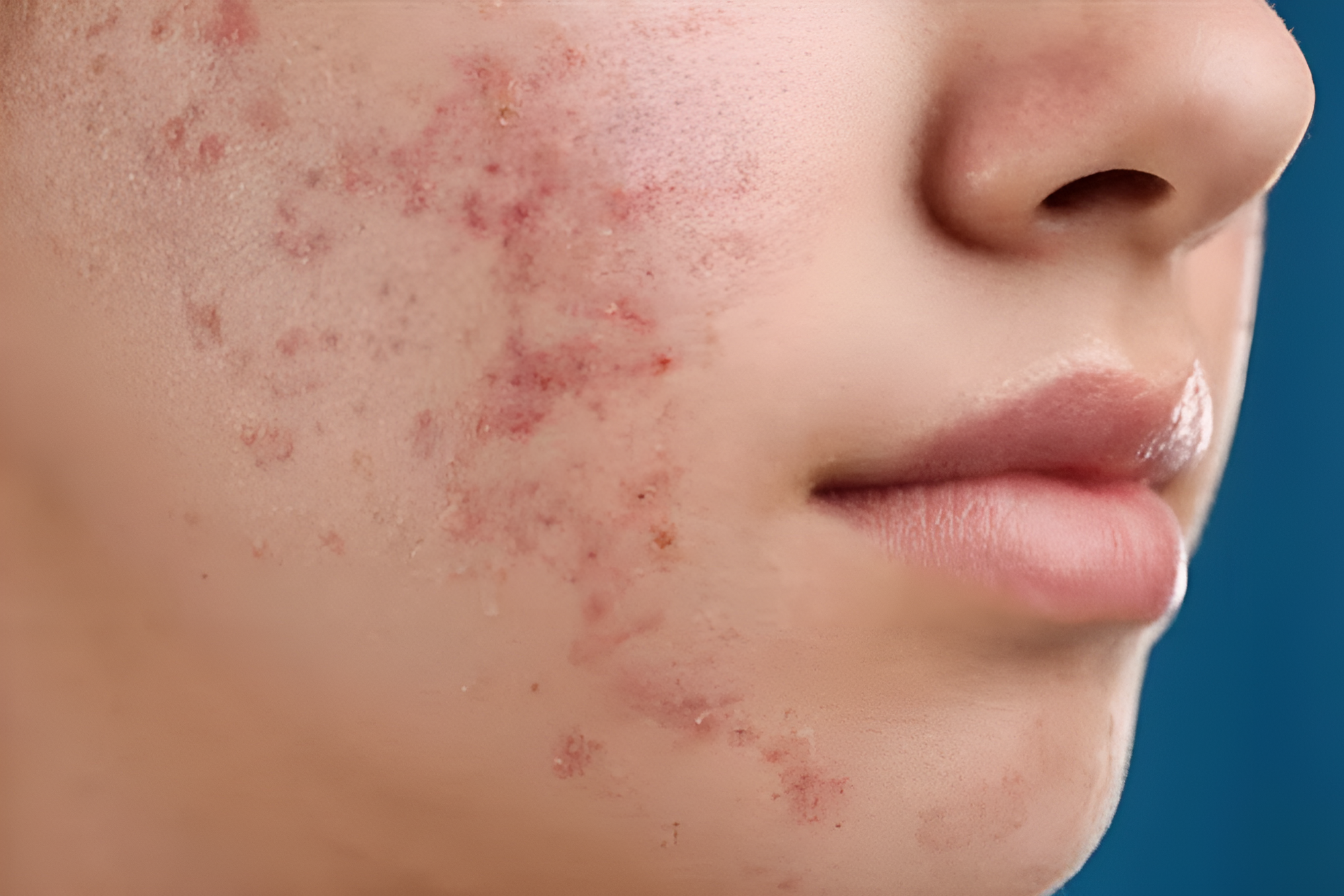Acne is a common skin concern, but not all acne is the same. If you’ve been struggling with persistent, itchy bumps that don’t respond to traditional acne medications, you might be dealing with fungal acne. Unlike regular acne, fungal acne has distinct causes and requires a different treatment approach.
In this article, we’ll explore what it is and what causes fungal acne. You’ll also learn about its symptoms, treatment options and different prevention tips.
What is Fungal Acne?
Fungal acne, medically known as Malassezia folliculitis or Pityrosporum folliculitis, is not true acne. It results from an overgrowth of a type of yeast called Malassezia, which lives on the skin and is usually harmless. When this yeast penetrates and infects the hair follicles, it causes inflammation and triggers acne-like symptoms.
Unlike bacterial acne, fungal acne often appears as small, uniform red bumps and is frequently accompanied by itchiness.
What Causes Fungal Acne
So, what are the causes of fungal acne? It occurs when there is an imbalance in the skin’s natural microbiome, particularly caused by an overgrowth of Malassezia fungus. While this yeast is usually harmless, certain factors can encourage its proliferation.
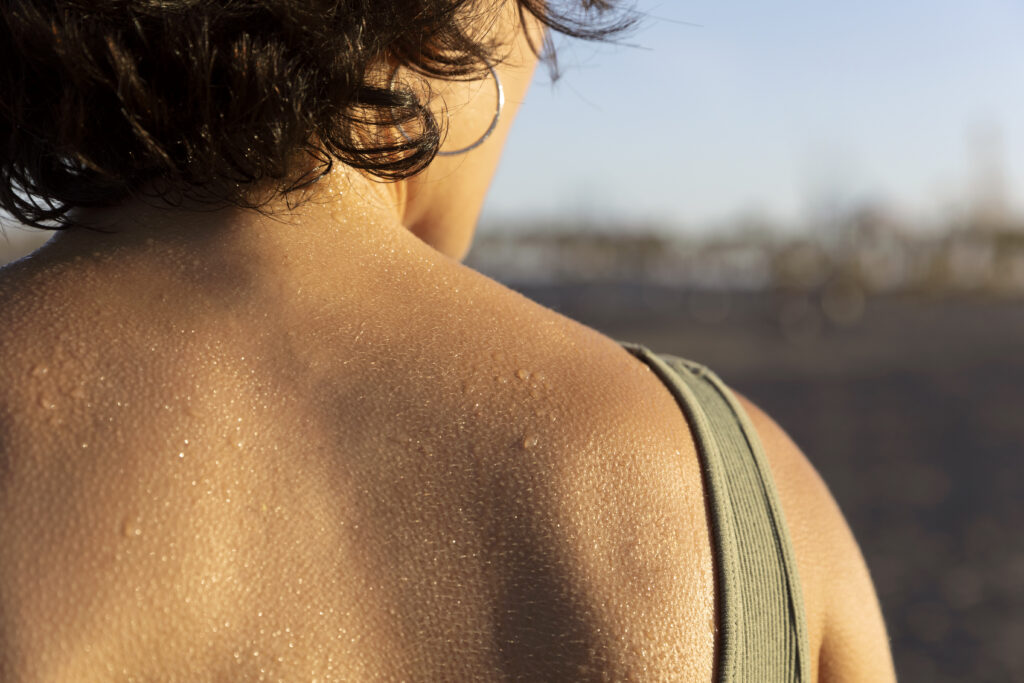
- Humidity and sweat. High humidity and excessive sweating create a warm, damp environment that promotes yeast growth.
- Frequent use of heavy skincare products. Oil-based or heavy products can clog pores, trap moisture and provide a breeding ground for yeast.
- Wearing tight synthetic clothing. Non-breathable or tight clothing can trap heat and moisture against the skin, fostering an environment suitable for unchecked yeast growth.
- Risk Factors:
- Oily skin. Excessive oil production can trap sweat and yeast.
- Certain medications. Antibiotics, especially if used for a prolonged period, can disrupt the skin’s natural flora, favouring yeast overgrowth.
- Immunosuppression. Individuals with weakened immune systems due to certain conditions may be more susceptible to fungal acne.
Symptoms of Fungal Acne
Fungal acne symptoms often present themselves differently from bacterial acne. Here are the common symptoms:
- Itchy bumps. The most common symptom is the presence of small, itchy red bumps on the skin.
- Uniform appearance. The bumps are usually uniform in size and shape, often appearing in clusters or waves. They typically range from 1 to 2 mm in diameter and may sometimes develop into whiteheads or small pustules containing pus.
- Location. Fungal acne commonly occurs on areas of the body with hair follicles, such as the upper back, shoulders, chest and face, particularly the forehead and cheeks.
- Redness and irritation. The affected areas may exhibit redness and irritation, with the discomfort potentially worsening due to humidity and sweating.
- Persistent symptoms. Fungal acne can be recurrent and may worsen during hot and humid conditions. It often does not respond to conventional acne treatments, necessitating specific antifungal treatments.
How It Differs from Regular Acne
Understanding the differences between fungal and bacterial acne is crucial for effective treatment. Here’s a quick comparison between the two types of acne:
| Characteristic | Fungal Acne (Malassezia Folliculitis) | Regular Acne (Acne Vulgaris) |
|---|---|---|
| Cause | Yeast overgrowth | Clogged pores due to oil, dead skin, and bacteria |
| Appearance | Small, uniform red bumps | Variety of lesions: blackheads, whiteheads, pustules, nodules, cysts |
| Itchiness | Often itchy | Rarely itchy |
| Response to Treatments | Doesn’t respond to traditional acne treatments | Responds to antibacterial treatments like benzoyl peroxide or salicylic acid |
| Location | Forehead, hairline, chin, upper back, chest, shoulders | Commonly on the face (forehead, cheeks, chin, nose), back, shoulders |
Treatment Options for Fungal Acne
Want to know how to get rid of fungal acne? Effectively managing this skin condition involves addressing the underlying yeast overgrowth. Here are some possible options:
Over-the-Counter Fungal Acne Treatment
Several over-the-counter topical treatments can help manage fungal acne by reducing yeast on the skin:
- Antifungal cream. Look for creams containing ketoconazole, clotrimazole or miconazole. These ingredients work by inhibiting the growth of Malassezia.
- Antifungal shampoo. Shampoos containing pyrithione zinc can be used as a body wash on affected areas to reduce yeast overgrowth.
Prescription Medications
If over-the-counter options are ineffective, a healthcare professional may prescribe stronger acne treatments. Medications like fluconazole or itraconazole are often prescribed to treat fungal acne in severe cases. These work systemically to reduce yeast from within the body.
How To Prevent Fungal Acne
Preventing fungal acne involves maintaining a balance in your skin’s microbiome and creating an environment less conducive to yeast overgrowth.
Skincare Routine Tips
- Avoid using heavy, oil-based makeup or skincare products that can trap moisture and oil on your skin.
- Use products with antifungal ingredients like tea tree oil, zinc pyrithione or sulfur to keep yeast at bay.
- Shower immediately after exercise or sweating to remove yeast and sweat from the skin.
- Choose sunscreens labelled as non-comedogenic to prevent clogged pores.
Lifestyle Changes
Adopting certain lifestyle habits can also help prevent fungal acne. Here are some tips:
- Choose lightweight, moisture-wicking fabrics that allow the skin to breathe.
- Change clothing frequently to reduce the amount of moisture on the skin.
- Keep skin clean and dry, especially in hot, humid weather or after bathing. Pat the skin dry instead of rubbing.
- Refrain from sharing your personal items like towels, washcloths or clothing with others to prevent fungus spread.
- Manage stress, as high cortisol levels can impair the immune system and make you more prone to fungal infections.
- Consume a balanced diet rich in antioxidants and probiotics to support skin and immune health. Limit the consumption of refined carbs and sugary foods.
- Seek professional help if symptoms persist despite home treatment. Doctors can prescribe antifungal medications if needed.
Products to Avoid
Certain ingredients in skincare products can exacerbate fungal acne. Here’s a list of ingredients to be cautious of:
- Oils. If you’re prone to acne, avoid applying oils on your skin, as they can promote the growth of Malassezia yeast. Products containing fatty acids such as lauric, linoleic, palmitic and oleic should be avoided, as these can nourish the fungus.
- Heavy creams and moisturisers. Thick, occlusive creams can trap moisture on your skin and create an environment conducive to yeast growth.
When to Seek Professional Advice
When dealing with fungal acne, it’s essential to recognise when to seek professional advice to ensure appropriate treatment and avoid worsening the condition. Here are key indicators for when to consult with a professional:
- Fungal acne symptoms that persist despite home treatments or over-the-counter remedies.
- Typical acne treatments (like benzoyl peroxide or salicylic acid) are not improving your condition.
- Itchiness or discomfort associated with your skin condition becomes severe or intolerable.
- You experience recurring outbreaks of fungal acne that might require treatments to prevent future occurrences.
- The condition worsens, spreads to new areas or becomes increasingly inflamed.
A qualified aesthetic doctor is essential for providing the right diagnosis and developing a fungal acne treatment plan tailored to your needs. For personalised advice and treatment, feel free to contact Lux Medical Clinic.
Conclusion
Fungal acne can be a persistent and challenging condition, but it can be managed with the correct understanding and approach. You can keep your skin healthy and clear by recognising its unique causes and symptoms and adopting suitable treatments and preventive measures.
Consider consulting with a qualified doctor if you’re ever in doubt or need professional guidance.
